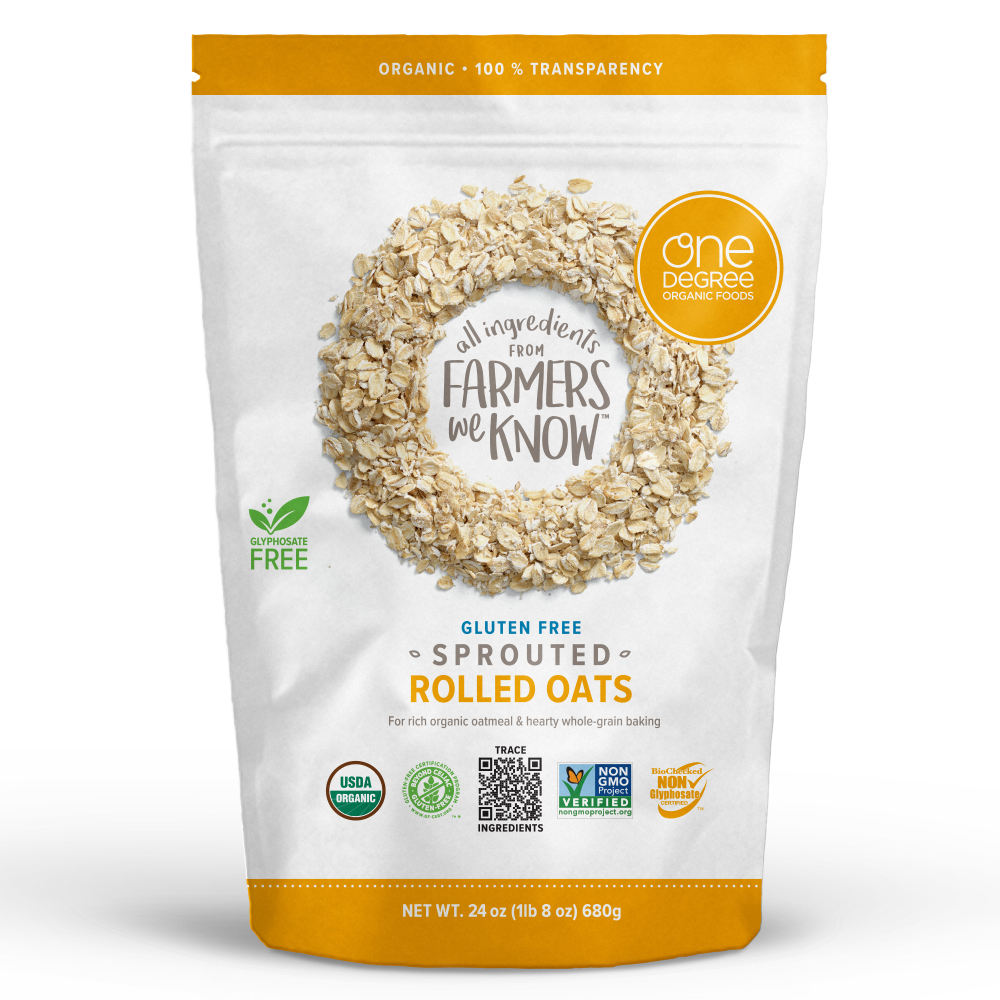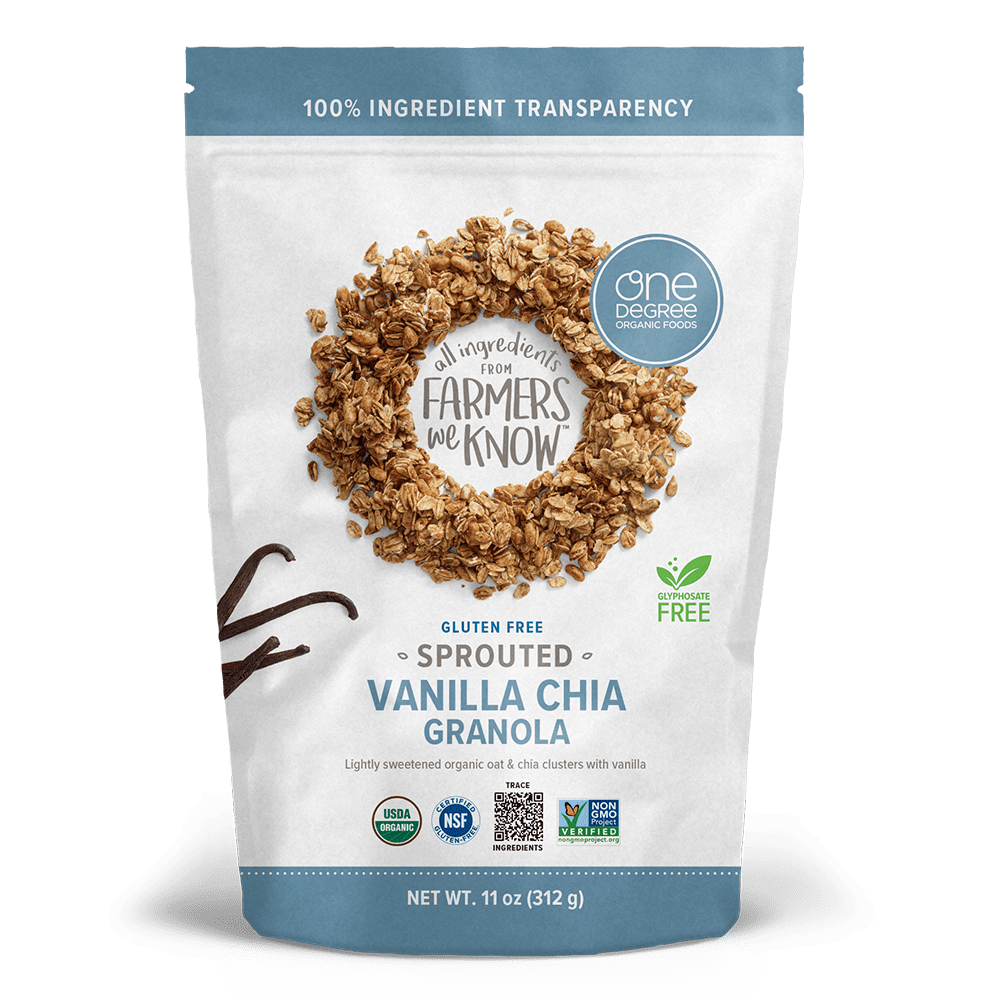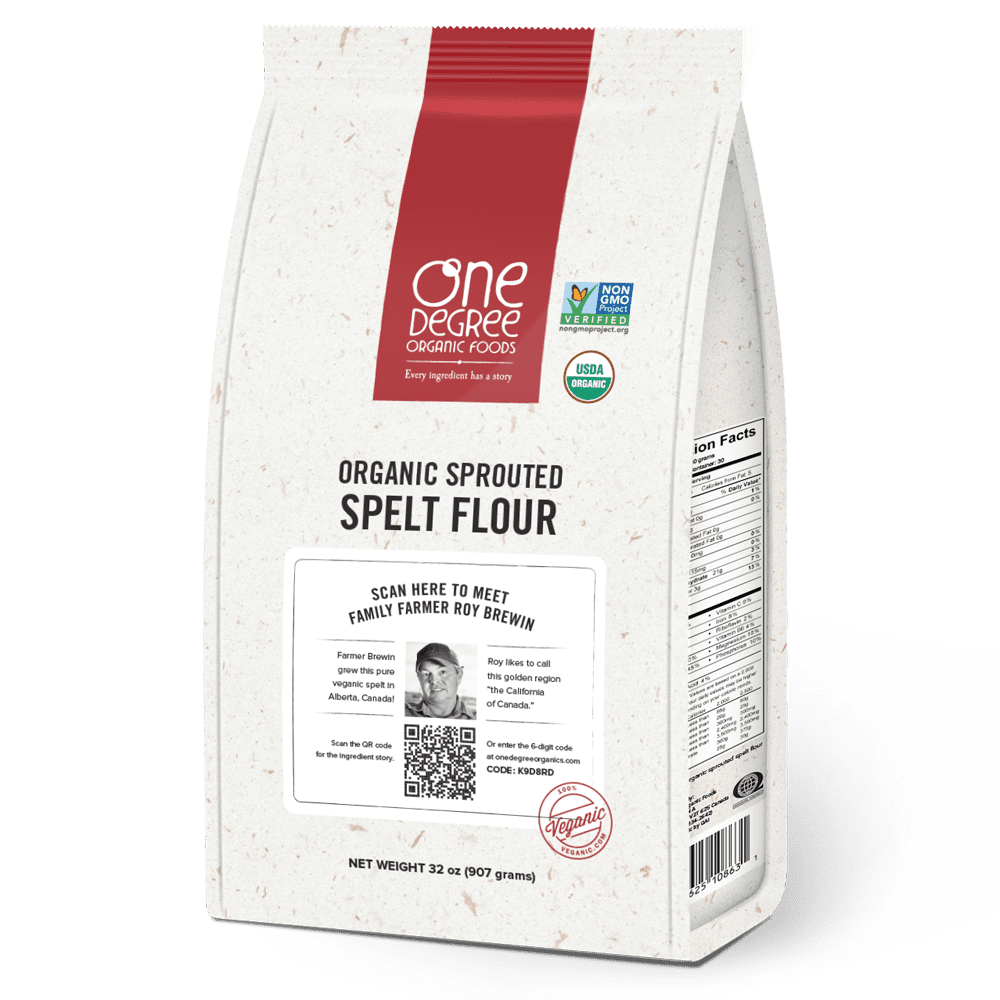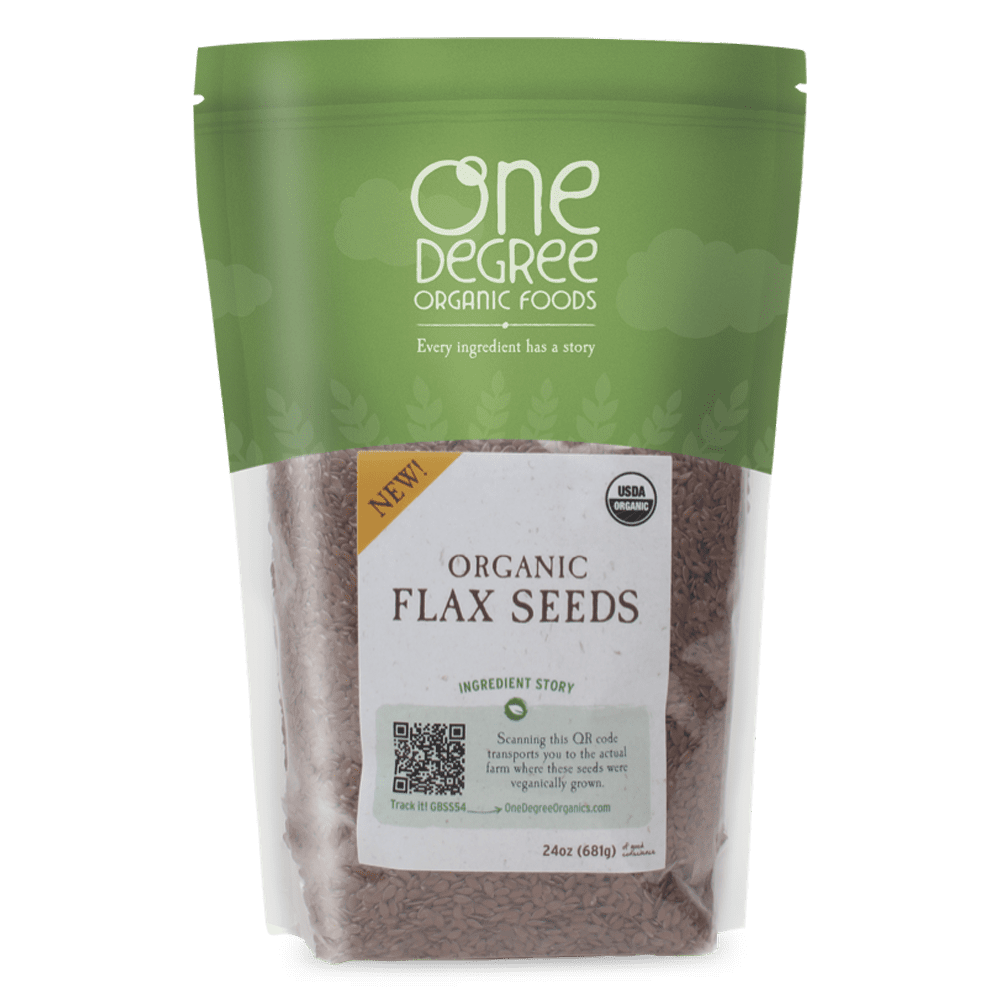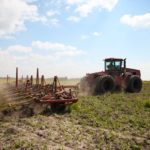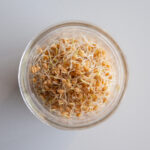Inorganic Arsenic and Rice: A Global Problem with a Surprising Solution

Around the world, inorganic arsenic is a public health concern that affects people and families of all backgrounds. More toxic than organic forms of arsenic and a known carcinogen, inorganic arsenic is acutely toxic at high levels. Long-term exposure can lead to countless adverse health outcomes, especially for children and pregnant women1.
Why does this matter when we’re talking about rice? Because rice is the largest dietary source of inorganic arsenic after drinking water.
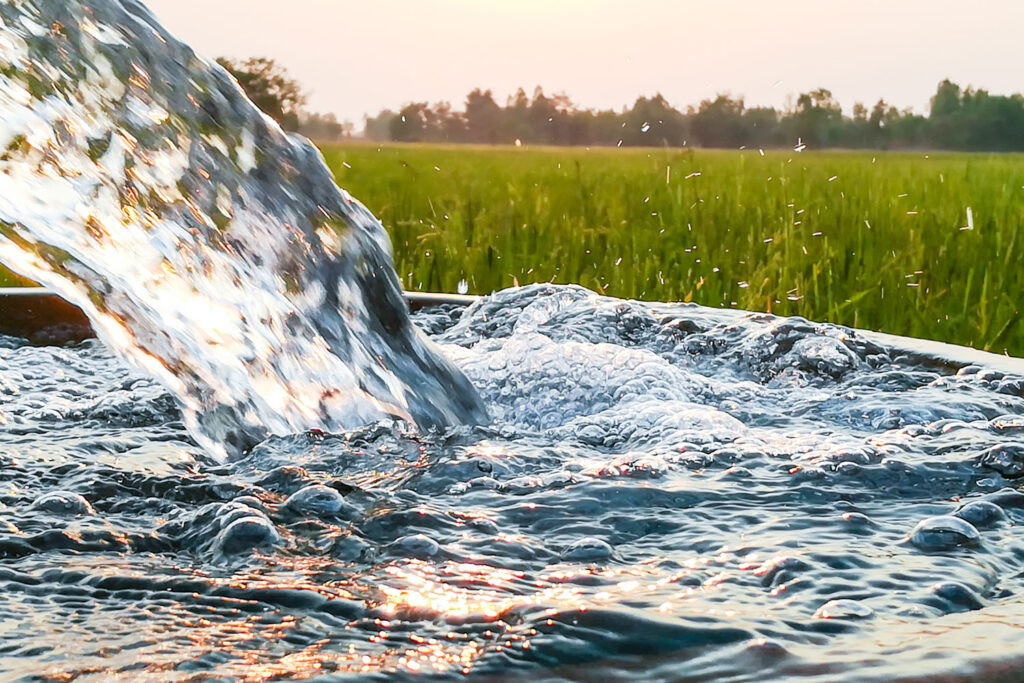
Inorganic arsenic impacts millions
From groundwater alone, high arsenic concentrations put between 94 million and 220 million people at risk2. Where inorganic arsenic is found in drinking water, soil, and water used to irrigate food crops, avoiding it is almost impossible. And in parts of the world where rice is the main staple food, inorganic arsenic in rice is a public health threat that impacts entire communities.
Choosing certified organic options can help people avoid pesticides, herbicides, and chemical fertilizers. But the problem of inorganic arsenic in rice is not as easily solved. (Keep reading to learn why).
What is inorganic arsenic?
Arsenic comes in many inorganic and organic forms. Organic arsenic is not connected to any ill-effects3, but inorganic arsenic is a highly toxic mineral with both acute and long-term ill-effects4.
Two types of inorganic arsenic of greatest concern in food and water are arsenate and arsenite. Of the two, arsenite is the most toxic. It reacts with multiple proteins and enzymes in our bodies and takes longer for our kidneys to process and eliminate5.
How does inorganic arsenic get into soil and groundwater?
Mining, smelting, and manufacturing can contaminate soil and groundwater with inorganic arsenic. So can arsenic-based pesticides and waste from large-scale animal agriculture. (Inorganic arsenic is especially high in chicken litter6 (chicken manure)).
But human activity isn’t the only way inorganic arsenic gets into the environment.
In all its mineral forms, arsenic is the 20th most abundant element in the Earth’s crust7. Every continent on the planet has geographic hotspots for inorganic arsenic8. In areas where it’s concentrated, groundwater and soil can get contaminated through natural processes, too.
Soil erosion from the flow of rivers, and millennia of wear on the landscape from the water cycle also play a part. These geological processes move inorganic arsenic from deposits in the crust into aquifers and surface water alike.
Whatever way inorganic arsenic gets into groundwater, surface water, and soil, the impact is the same. People who depend on those resources for drinking, washing and cooking their food, and growing their crops suffer.
How does inorganic arsenic get into rice?
Rice Loves Silicon
As a plant, rice is highly efficient in absorbing silicon from the soil. This might sound like trivia, but it’s significant to the story of inorganic arsenic in rice. Because rice absorbs inorganic arsenic 10 times more readily than other grain crops9.
Why? To the rice plant, arsenic and silicon ions look a lot alike. They’re so similar that arsinite—the form of inorganic arsenic most common in soil (and the form most toxic to humans)—is drawn in by the same pathway as silicon10.
(Rice confuses phosphate (another important soil nutrient) with arsenate, too. Both look-alikes contribute to the total inorganic arsenic problem)11.
Because rice can’t tell its silicon and phosphate friends from its inorganic arsenic foes, it struggles. Rice crops grown in soil high in inorganic arsenic absorb arsenite along with (or instead of) the silicon the plants need to grow healthy and strong.
And the inorganic arsenic the rice plant absorbs through the soil is more than a health risk to the people who eat the harvested rice. It also puts stress on the rice plant itself. High inorganic arsenic soil lowers rice crop yields by up to 39%12 compared to rice grown in healthy soil.
Flooded Fields, More Arsenic
How rice is traditionally farmed makes the rice plant vulnerable to arsenic in the soil, too. Rice grown in traditional flooded paddies has arsenic levels 10 to 15 times higher than rice grown in non-flooded conditions13.
But it’s not just because inorganic arsenic contaminated water is used to flood the field. Underwater, rice plants grow in a low oxygen (anaerobic) environment. The roots of rice plants grown in flooded fields absorb significantly more inorganic arsenic than those grown in drier (high oxygen) ones. Drier rice farming techniques include alternate wetting and drying (where fields are flooded, drained, and allowed to dry between floodings) and dryland (without flooding).
Some Fertilizers Add Inorganic Arsenic, Too
As if inorganic arsenic already present in soil and water used for irrigating rice crops isn’t enough, other practices can make the problem even worse. Including how rice farmers fertilize their crops.
It’s not uncommon for rice farmers to use chicken litter (manure) to fertilize their fields. Manure can be a natural way to add nitrogen, phosphorous, and other key nutrients into the soil without the use of chemical fertilizers. But chicken litter—especially from factory farms—is known to have a higher concentration of inorganic arsenic14.
For many farmers, ploughing the stalks and leaves of a crop back into the field is a sound way to return nutrients back to the soil for the next crop. But where soil and water already contain high amounts of inorganic arsenic, this adds up. Turning unprocessed rice straw back into the earth season after season compounds the problem.
(When rice straw is turned into straw ash or biochar, the situation changes. Returning carbon to the soil can help reduce inorganic arsenic in future rice crops15).
How can we avoid inorganic arsenic in rice?
With so many factors in play, inorganic arsenic in rice is a complicated problem to solve. High inorganic arsenic soil and groundwater irrigation are a major factor, but not the only ones. Add in the traditional practice of flooded rice paddies, and fertilizer choices, and even certified organic rice can have it.
That’s why we went on a quest to find a rice supply for One Degree that wasn’t just certified organic and farmed in alignment with our values. We wanted to find rice with no measurable inorganic arsenic, too.
Our research helped us understand what we needed to look for as we scoured the globe for our perfect rice supply:
1) Geography and geology matter.
Inorganic arsenic contamination of soil and groundwater is a location-based problem. We wanted rice grown far from high-risk areas.
2) Farming methods matter.
Traditional flooded rice paddies makes rice plants vulnerable to inorganic arsenic in the soil and water. We wanted rice farmed using dryland methods (not just certified organic ones). And we wanted rice farmed without animal manure, too.
Dryland Rice
Flooding is still part of the alternate wetting and drying technique shown to reduce inorganic arsenic. But dryland rice farming doesn’t depend on flooding or other irrigation methods. Instead, dryland rice relies solely on rainfall to supply water for crop growth and development.
How we found a perfect rice farmer partner

Our quest for rice with no measurable inorganic arsenic lead us to the northern plains of Cambodia. There, low levels of arsenic in the groundwater and soil combine with a no-flood approach to rice farming.
Preah Vihear, Cambodia offers more than a pristine growing environment. Rice is only grown in the wet season and the entire crop is rain-fed, either directly or from runoff that comes from nearby Dangrek Mountains.
Location and farming practices combine to produce rice with no measurable inorganic arsenic. Veganically grown, this dryland farmed rice meets One Degree’s high standards, completing our quest.
IBIS Rice—our chosen farmer partner—comes with an inspiring story, too. Watch the IBIS Rice video and read their story of community economic development and ecological preservation now.
References:
- World Health Organization, Fact Sheet: Arsenic, February 2018. Available from: https://www.who.int/news-room/fact-sheets/detail/arsenic, Accessed February 27, 2020.
- Podgorski, J., Berg, M., Global threat of arsenic in groundwater. Science, 22 MAY 2020, Vol 368, Issue 6493, pp. 845-850. Available (with subscription) at: https://science.sciencemag.org/content/368/6493/845. Accessed in print May 2020.
- World Health Organization and Food and Agriculture Organization of the United Nations, Safety evaluation of certain contaminants in food / prepared by the Seventy-second meeting of the Joint FAO/WHO Expert Committee on Food Additives (JECFA); Arsenic (addendum), p. 156. WHO Food Additives Series: 63; FAO JECFA Monographs 8, 2011. Available from: https://apps.who.int/iris/bitstream/handle/10665/44520/9789241660631_eng.pdf, Accessed March 3, 2020.
- CDC Environmental Health, Arsenic Fact Sheet. November 2009. Available from: https://www.cdc.gov/biomonitoring/pdf/Arsenic_FactSheet.pdf, Accessed March 3, 2020.
- Kuivenhoven M, Mason K., Arsenic (Arsine) Toxicity. [Updated 2019 Apr 29]. In: StatPearls [Internet]. Treasure Island (FL): StatPearls Publishing; 2020 Jan-. Available from: https://www.ncbi.nlm.nih.gov/books/NBK541125/, Accessed February 28, 2020
- Kyakuwaire, M., Olupot, G., Amoding, A., Nkedi-Kizza, P., Ateenyi Basamba, T., How Safe is Chicken Litter for Land Application as an Organic Fertilizer?: A Review. International Journal of Environmental Research and Public Health, 2019, 16, 3521, September 20, 2019. Available from: https://www.mdpi.com/1660-4601/16/19/3521, Accessed February 27, 2020.
- Saldarriaga-Noreña, H. (editor), Mateo, C., Navarro, M., Navarro, C., and Leyva, A., Environmental Chemistry and Recent Pollution Control Approaches, Chapter 11: Arsenic Phytoremediation: Finally a Feasible Approach in the Near Future. IntechOpen, December 2019. Available from: https://www.intechopen.com/books/environmental-chemistry-and-recent-pollution-control-approaches/arsenic-phytoremediation-finally-a-feasible-approach-in-the-near-future, Accessed February 27, 2020.
- Podgorski, J., Berg, M., Global threat of arsenic in groundwater. Science, 22 MAY 2020, Vol 368, Issue 6493, pp. 845-850. Available (with subscription) at: https://science.sciencemag.org/content/368/6493/845. Accessed in print May 2020.
- Davis et al., Assessment of Human Dietary Exposure To Arsenic Through Rice. Science of the Total Environment. 2017 May 15; Volume 586: p. 1237–1244. Available from: https://www.ncbi.nlm.nih.gov/pmc/articles/PMC5502079/, Accessed February 27, 2020.
- Suriyagoda, L., D.B., Dittert, K., Lambers, H., Mechanism of arsenic uptake, translocation and plant resistance to accumulate arsenic in rice grains. Agriculture, Ecosystems and Environment 253 (2018) 23–37. Available from: https://www.researchgate.net/publication/321569011_Mechanism_of_arsenic_uptake_translocation_and_plant_resistance_to_accumulate_arsenic_in_rice_grains/link/5a3133e8aca27271446dbc7c/download, Accessed February 27, 2020.
- Awasthi S., Chauhan R., Srivastava S., and Tripathi, RD, The Journey of Arsenic from Soil to Grain in Rice. Frontiers in Plant Science. Volume 8: Article 1007, June 2017. Available from: https://www.frontiersin.org/articles/10.3389/fpls.2017.01007/full, Accessed February 27, 2020.
- Muehe, E. M., Wang, T., Kerl, C. F., Planer-Friedrich, B., & Fendorf, S., Rice production threatened by coupled stresses of climate and soil arsenic. Nature Communications, vol. 10,1 4985. 1 Nov. 2019. Available from: https://www.ncbi.nlm.nih.gov/pmc/articles/PMC6825132/pdf/41467_2019_Article_12946.pdf, Accessed May 25, 2020.
- Lia, C., Carrijo, D. R., Nakayama, Y., Linquist, B. A., Green,P. G., Parikh, S. J., Impact of Alternate Wetting and Drying Irrigation on Arsenic Uptake and Speciation in Flooded Rice Systems. Agriculture, Ecosystems and Environment 272 (2019) 188–198. Available from: https://www.researchgate.net/publication/330073587_Impact_of_Alternate_Wetting_and_Drying_Irrigation_on_Arsenic_Uptake_and_Speciation_in_Flooded_Rice_Systems, Accessed January 29, 2020.
- Kyakuwaire, M., Olupot, G., Amoding, A., Nkedi-Kizza, P., Ateenyi Basamba, T., How Safe is Chicken Litter for Land Application as an Organic Fertilizer?: A Review. International Journal of Environmental Research and Public Health, 2019, 16, 3521, September 20, 2019. Available from: https://www.mdpi.com/1660-4601/16/19/3521, Accessed February 27, 2020.
- Schaller, J., Wang, J., Islam M., Planer-Friedrich, B., Black carbon yields highest nutrient and lowest arsenic release when using rice residuals in paddy soils. Scientific Reports (2018) 8: 17004, November 2018. Available from: https://www.ncbi.nlm.nih.gov/pubmed/30451944, Accessed January 29, 2020.
